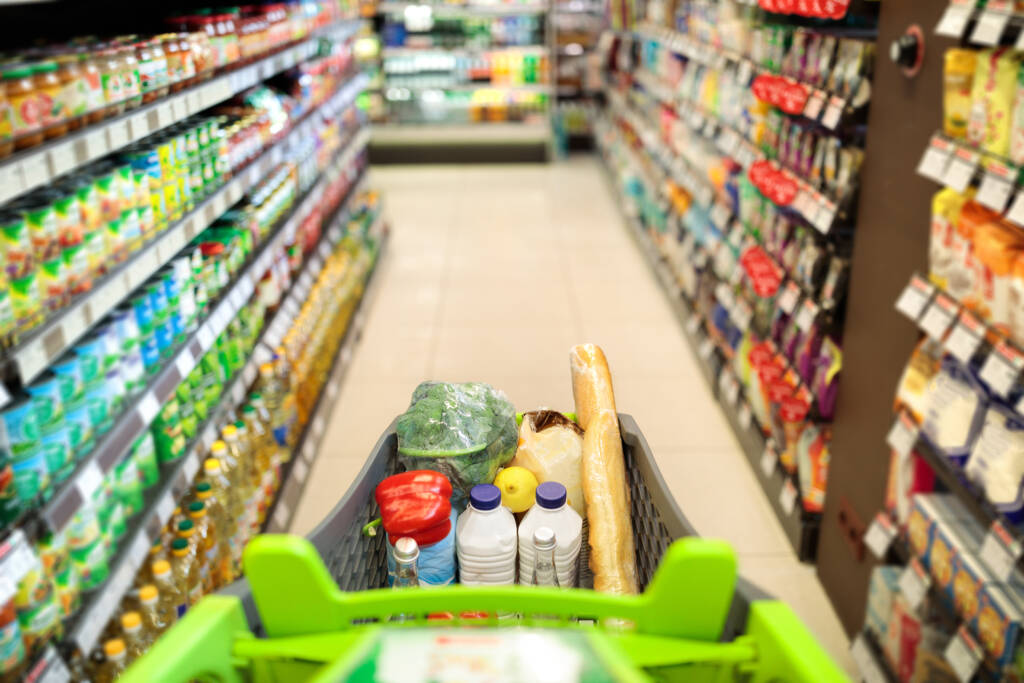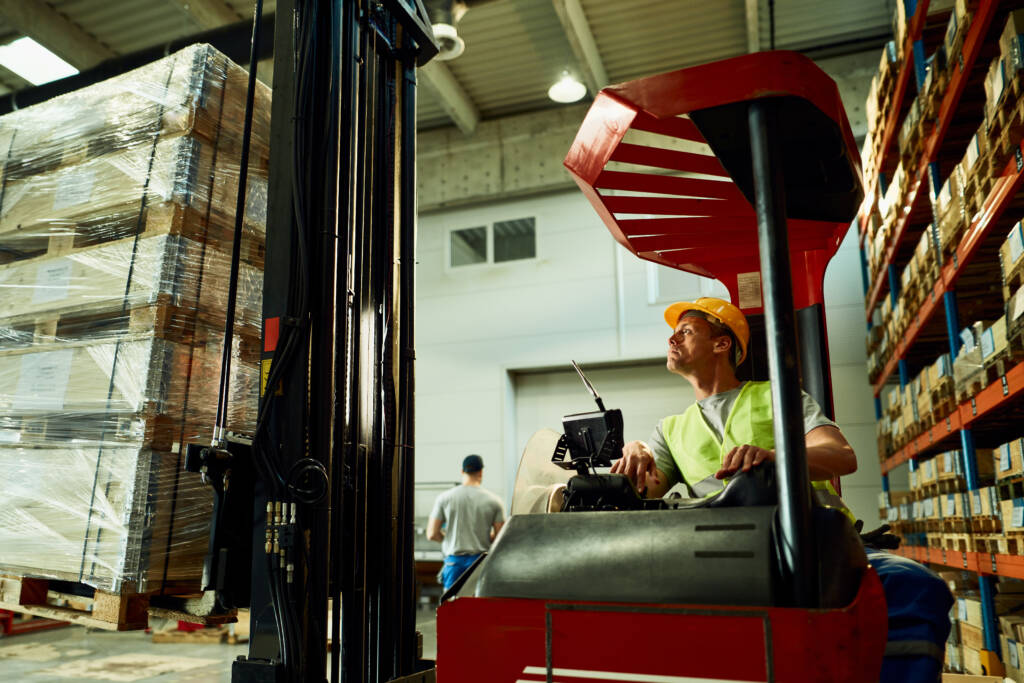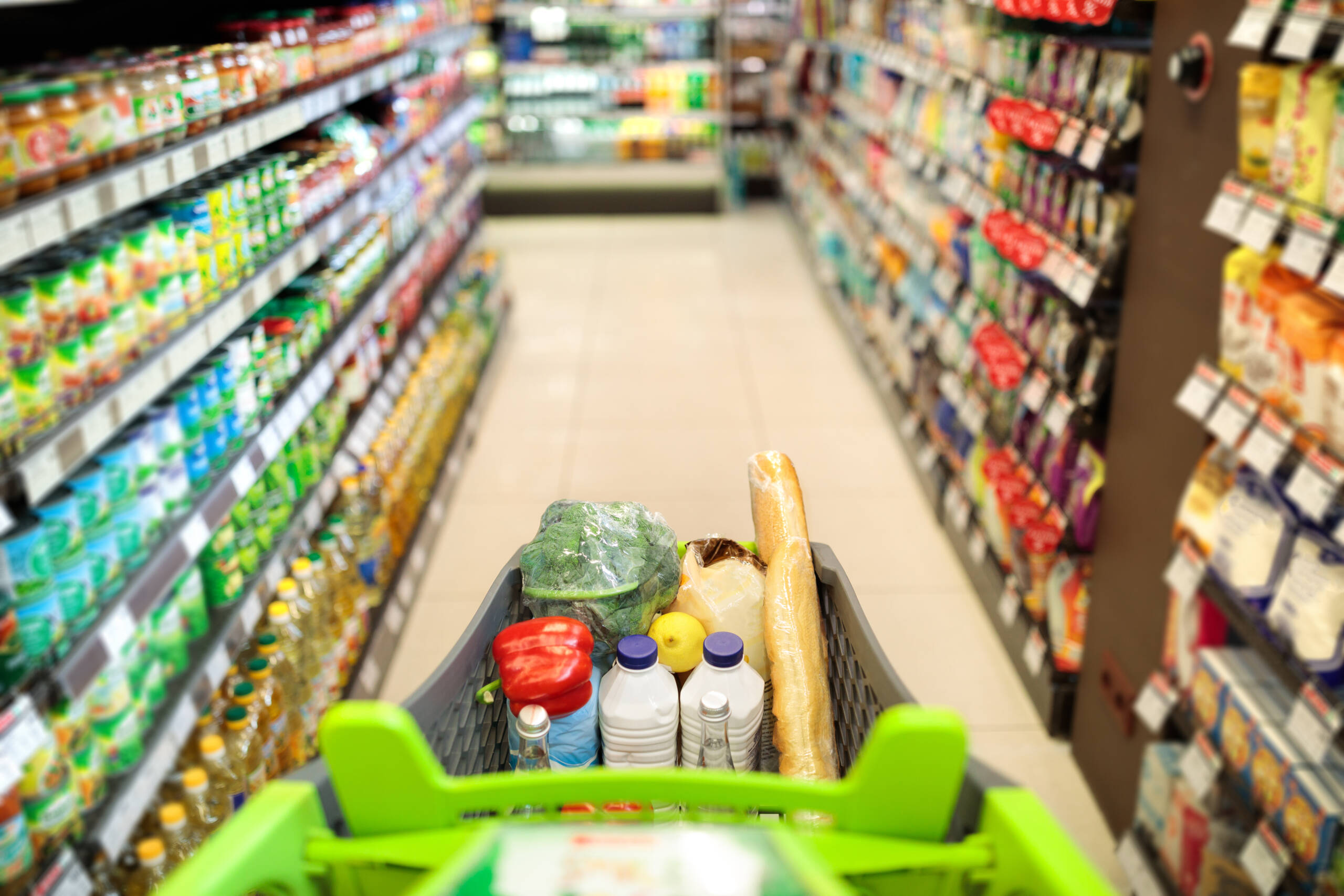The Middle East: A Rapidly Digitalising B2B Landscape
The Middle East stands as a burgeoning hub for B2B trade, characterised by high purchasing power and an accelerating pace of digitalisation. For B2B buyers, distributors, and retailers, this region offers significant growth prospects, particularly in FMCG and emerging sectors like fashion recommerce, driven by widespread technological adoption and evolving consumer behaviours. The rapid growth of B2B e-commerce in the Middle East is not merely a technological trend; it is a strategic enabler for small and medium-sized enterprises (SMEs) to overcome traditional market limitations and compete on a global scale.22 This dynamic creates a fertile ground for digital-first B2B partnerships, where efficiency and reach are significantly enhanced through online platforms.
A Growth Engine for FMCG Distribution
Market Expansion: Unprecedented Growth and SME Adoption
The Middle East and Africa B2B eCommerce market is experiencing unprecedented expansion. Valued at USD 795.40 billion in 2024, it is projected to reach an impressive USD 3,806.32 billion by 2033, demonstrating a robust Compound Annual Growth Rate (CAGR) of 19% during this forecast period.22 This remarkable growth is underpinned by the region’s high purchasing power and elevated per capita income.22 A significant driver of this expansion is the rapid embrace of B2B e-commerce by SMEs, which enables them to compete globally and effectively reach customers even in outlying geographical areas.22 Within this burgeoning market, the Fast-Moving Consumer Goods (FMCG) segment has emerged as dominant, with an expected CAGR of 18.7%.22 Similarly, the retail and distribution segment also holds a dominant position, projected to grow at a CAGR of 19.7%.22
The dominance of FMCG and retail/distribution segments within the rapidly expanding B2B e-commerce market signifies a massive opportunity for streamlining traditional distribution channels. This is a direct call for B2B partners to digitise their procurement and sales processes. This is not just about sales growth; it represents a fundamental shift in how FMCG products are distributed and retailed, with traditional methods being augmented or replaced by digital platforms. This implies a need to invest in B2B e-commerce capabilities and seek suppliers with integrated digital platforms.
Digitalisation Benefits: Streamlining Operations for Distributors and Retailers
The increasing digitalisation of B2B e-commerce brings a multitude of benefits, significantly streamlining operations for distributors and retailers. The integration of order fulfilment software, for instance, dramatically improves awareness of order status and enhances on-time delivery performance.22 Modern technology empowers businesses and their customers to monitor order delivery from its inception to completion, even when involving multiple partners such as logistics providers, freight forwarders, and express companies. This end-to-end visibility significantly boosts client satisfaction and loyalty.22
Beyond logistics, B2B e-commerce platforms enable SMEs to expand their geographical reach, cultivate larger customer bases in new markets, and refine their product offerings based on customer feedback.23 The benefits extend to core business functions, including substantial revenue growth and cost reduction, improved working capital positions, and more effective financial management.23 Digital record-keeping, inherent in e-commerce operations, facilitates global financial monitoring and management, guiding investment decisions and optimising cash flow.23 Leveraging data analytics from e-commerce platforms also aids in financial forecasting, demand planning, resource allocation, and production management, ultimately reducing production costs and operational inefficiencies.23
The benefits of B2B e-commerce extend beyond mere sales to fundamental operational improvements across the supply chain, from inventory management to financial forecasting. This holistic impact makes digital transformation a necessity, not an option, for partners. The value of B2B e-commerce lies in its ability to provide real-time visibility and data-driven insights across the entire operational spectrum, from procurement to delivery. This reduces inefficiencies and enables more strategic decision-making. For B2B partners, this means that selecting a supplier who offers robust digital integration and transparent data sharing is crucial. This enables them to optimise their own operations, reduce inventory holding costs, and enhance customer satisfaction through predictable supply chains.


Apparel: The Untapped Potential of Recommerce
The Rise of Circular Fashion: Luxury Resale and New Business Models
The Middle East recommerce market is poised for significant growth, with projections indicating a 15.8% annual increase to reach an estimated USD 7.21 billion by 2025.25 This market has already experienced a robust Compound Annual Growth Rate (CAGR) of 19.5% from 2020 to 2024, a trend expected to continue, albeit at a slightly moderated CAGR of 13.2% from 2025 to 2029.25 The market’s ecosystem is evolving from fragmented resale activities towards more formalised, platform-led circular retail experiences, particularly in electronics, fashion, and home appliances.25
Early formalisation of recommerce is evident in luxury fashion, with platforms such as The Luxury Closet (UAE) and Threads (KSA) specialising in high-end resale.25 Retailers like THAT Concept Store in Dubai are actively experimenting with in-store resale and rental formats.25 Affluent consumers are a primary driver of luxury resale, supported by specialised authentication services and concierge pickup options.25 Furthermore, sustainability positioning is increasingly becoming an integral part of brand narratives within the UAE’s retail sector, reflecting a broader shift in consumer values.25
The rapid growth of recommerce, particularly in luxury fashion, signals a fundamental shift in consumer values towards sustainability and conscious consumption, even in affluent markets. This creates a new avenue for B2B partnerships beyond traditional new-product sales. This trend is driven by more than just cost savings; it is a reflection of evolving consumer preferences for sustainability and circularity. This implies an opportunity to engage with recommerce platforms or explore their own resale/rental models, providing durable products suitable for extended lifecycles.
Opportunities for B2B Partnerships in a Formalising Market
The formalisation of the recommerce market in the Middle East, supported by technological platforms, retailers, and government incentives, creates a structured environment ripe for B2B collaborations.25 Government policies, such as the UAE’s Circular Economy Policy (2021-2031), are actively shaping the infrastructure and disclosure obligations, thereby encouraging retailers to internalise resale models.26 This policy alignment around sustainability is pushing both retailers and platforms to formalise recommerce models, with government funding for waste management technology and electronics recycling creating new incentives.26
High-end fashion recommerce is specifically projected to grow significantly among luxury malls and platforms.25 This indicates clear opportunities for B2B partnerships focused on integrating recommerce into existing retail ecosystems. The formalisation of the recommerce market, backed by government policy, creates a structured environment for B2B collaborations. This opens doors for partners to explore new business models and supply chain integrations focused on product longevity and material recovery. The government’s role is critical in legitimising and scaling recommerce, moving it beyond informal consumer-to-consumer transactions, thus creating a more predictable and attractive landscape for B2B investment. This implies opportunities to partner with recommerce platforms for take-back programmes, certified refurbishment, or even designing products with circularity in mind.
Meeting Regional Demand and Consumption Trends
Synthetic Rubber Market: Consumption Patterns and Growth Projections
The Middle East’s synthetic rubber market demonstrates steady consumption patterns and promising growth projections. In 2024, the region consumed approximately 1.4 million tonnes of synthetic rubber, a volume consistent with the previous year.27 The total consumption volume has shown an average annual growth rate of +1.8% from 2013 to 2024, maintaining a consistent trend with minor fluctuations.27 The countries with the highest volumes of consumption in 2024 were Iran (436K tonnes), Turkey (404K tonnes), and Saudi Arabia (331K tonnes), collectively accounting for 83% of the total regional consumption.27 Among these key consuming countries, Turkey recorded the most notable growth rate in consumption, with a Compound Annual Growth Rate (CAGR) of +3.2%.27
In value terms, the Middle East synthetic rubber market is projected to expand with a CAGR of +1.1% in volume and +2.0% in value from 2024 to 2035, reaching an estimated USD 3.1 billion (in nominal wholesale prices) by the end of 2035.27 While overall growth for synthetic rubber is modest, the concentration of consumption in key countries like Saudi Arabia and Turkey, coupled with their individual growth rates, indicates targeted opportunities for industrial partners. The geographic concentration of demand means that B2B distributors and retailers can focus their efforts on specific high-consumption markets within the Middle East, optimising logistics and market penetration.



